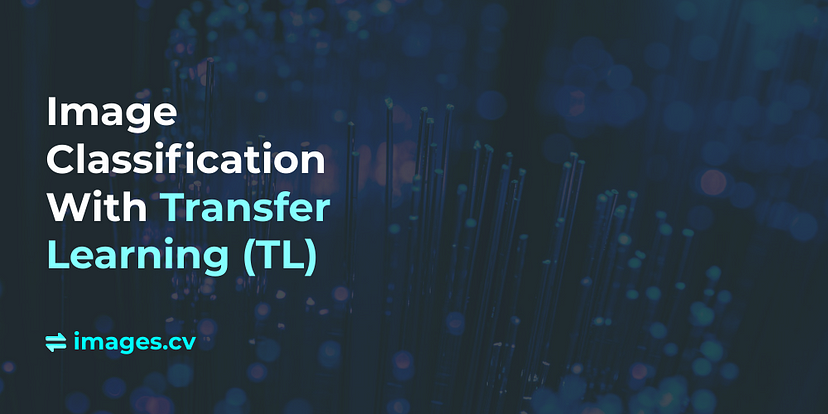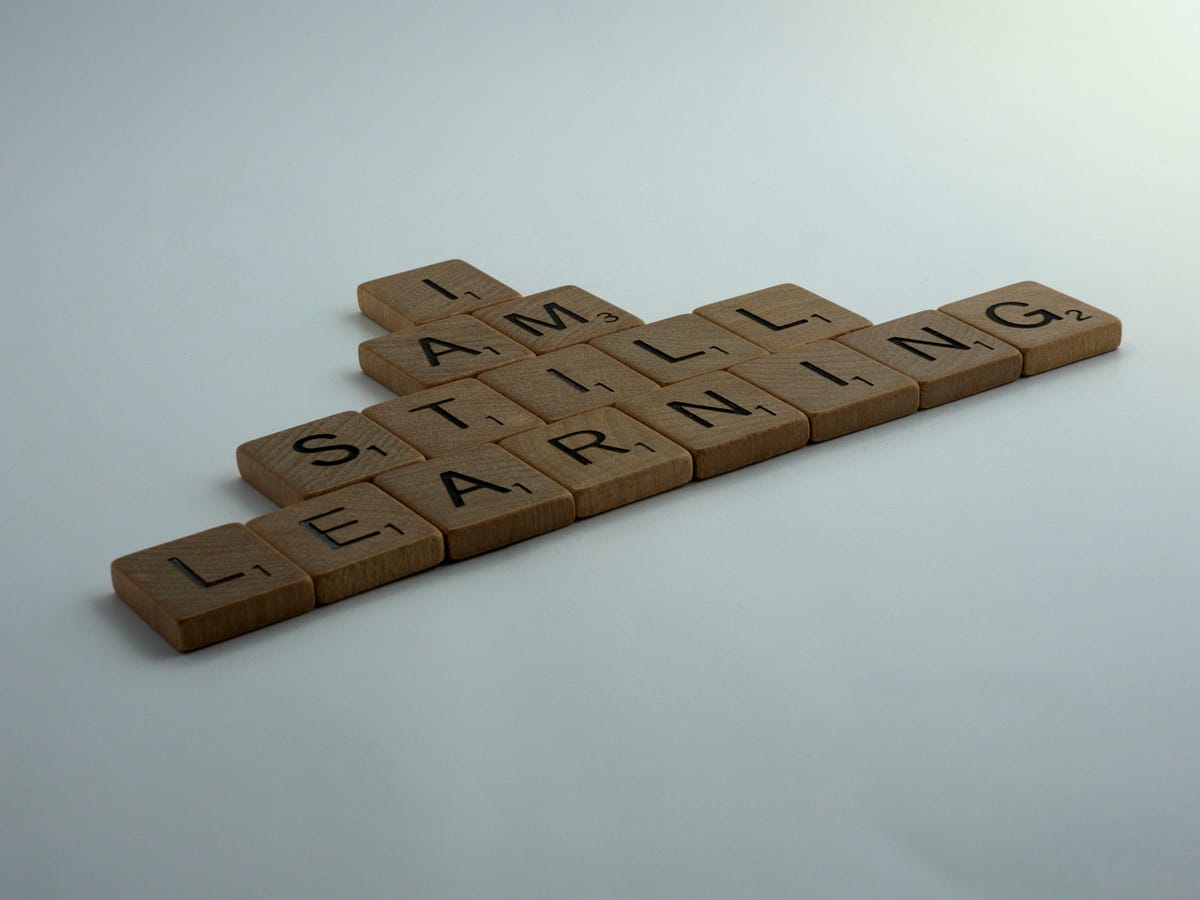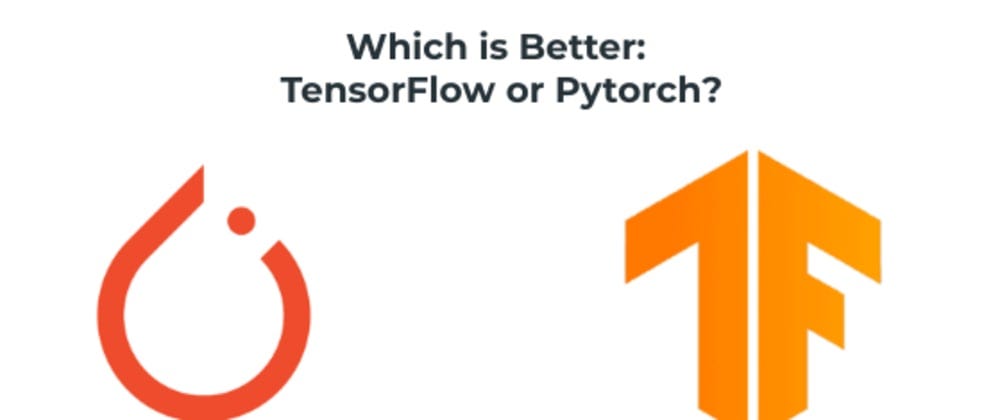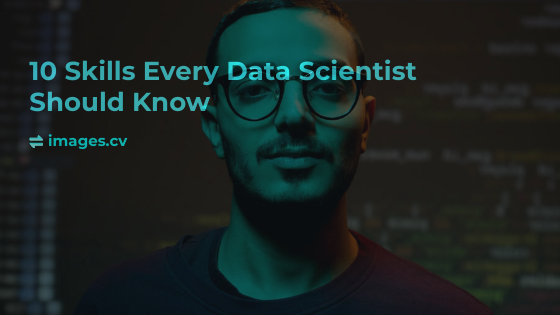Learning: Supervised, Unsupervised, Self-Supervised & Semi-Supervised
Learning algorithms can be divided into four categories according to the amount of supervision they require: supervised, unsupervised, self-supervised, and semi-supervised.

Supervised learning algorithms require a training set of example inputs and their corresponding desired outputs, which the algorithm uses to learn a model of the mapping from inputs to outputs. After the model is learned, the algorithm can generate outputs for new inputs.
Unsupervised learning algorithms do not require a training set, but instead, learn a model of the input data by detecting patterns in it. Unsupervised learning algorithms can be used to discover structure in data or to cluster data into groups.
Self-supervised learning algorithms require only a training set of input data; the desired outputs are not provided. Instead, the algorithm learns a model of the input data and the desired outputs by detecting patterns in the data.
Semi-supervised learning algorithms require a training set of input data and a set of desired outputs, but not all of the input data has to have a corresponding desired output. The algorithm uses the input data to learn a model of the mapping from inputs to outputs and then uses the set of desired outputs to refine the model.
Self-Supervised Learning
Self-Supervised learning is a branch of machine learning in which the algorithm learns from data itself, with no labeled examples. The algorithm has to find structure in the data in order to learn from it.
There are a few different ways that self-supervised learning can be implemented. One way is to use a neural network to learn the features of the data. The neural network can then be used to predict the labels of new data. Another way is to use a Convolutional Neural Network (CNN) to learn the structure of the data. A CNN can be used to predict the outputs of new data.
Self-supervised learning has been shown to be more effective than supervised learning in some cases. For example, in the task of image classification, a CNN that is trained using only self-supervised learning can achieve higher accuracy than a CNN that is trained using only supervised learning. This is because a CNN that is trained using only supervised learning is limited to the training data that is provided to it. A CNN that is trained using only self-supervised learning can learn the structure of the data from scratch, which allows it to generalize to new data more effectively.
Unsupervised learning
Unsupervised learning is a type of machine learning algorithm that is used to find patterns in data that are not labeled. This type of learning is usually used when there is a lack of training data, or when the data is too complex to be labeled.
There are two main types of unsupervised learning algorithms: clustering algorithms and association rule learning algorithms.
Clustering algorithms are used to group data objects into clusters. This can be helpful when you want to organize data into categories, or when you want to find patterns in data.
Association rule learning algorithms are used to find relationships between data items. This can be helpful when you want to discover patterns in data, or when you want to find out what items are most likely to occur together.
Supervised learning
Supervised learning is a type of machine learning algorithm that learns from a set of training data that has been labeled with the correct answers. The algorithm is provided with a set of input data and the corresponding desired output for each example. It then uses this information to learn how to produce the correct output for new, unlabeled data. The goal of supervised learning is to create a model that can be used to predict the correct output for new data.
There are two main types of supervised learning algorithms: regression and classification. Regression algorithms are used to predict a continuous value, such as the temperature on a given day. Classification algorithms are used to predict a discrete value, such as whether an email is a spam or not.
Supervised learning algorithms can be divided into two categories: neural networks and traditional algorithms. Neural networks are a type of machine learning algorithm that is modeled after the brain. They are composed of a large number of interconnected processing nodes, or neurons, that can learn to recognize patterns of input data. Traditional algorithms are composed of a smaller number of processing nodes that are explicitly programmed to recognize certain patterns in the input data.
Semi-supervised learning
Semi-supervised learning is a type of machine learning that uses a combination of supervised and unsupervised learning techniques. In supervised learning, the computer is given a set of training data (often a set of labeled data) and is then trained to recognize patterns in that data. In unsupervised learning, the computer is given only data and is not given any instructions on what patterns to look for.
Semi-supervised learning uses a combination of these two techniques. The computer is first given a set of training data (usually a set of labeled data) and is then trained to recognize patterns in that data. Once the computer is able to recognize patterns in the data, it is then given a set of unlabeled data and is asked to find patterns in that data. The computer can then use the patterns it found in the labeled data to help it find patterns in the unlabeled data.
Semi-supervised learning can be used for a variety of tasks, including classification, regression, and clustering. It can be used to improve the accuracy of predictions made by a machine learning algorithm, and it can also be used to improve the speed of the algorithm.
So, what have we learned? We’ve looked at four different methods of learning — supervised, unsupervised, self-supervised, and semi-supervised. Each has its own benefits and drawbacks depending on the task you are trying to learn and the data set you are working with. In general, supervised learning is most effective when there is a lot of labeled data available. When training data is scarce or difficult to obtain, unsupervised learning can be a better option. With enough data, self-supervised learning can often achieve similar results as supervised learning without needing any labels. Finally, semi-supervised learning can help reduce the amount of data needed for certain tasks while still maintaining good accuracy.








